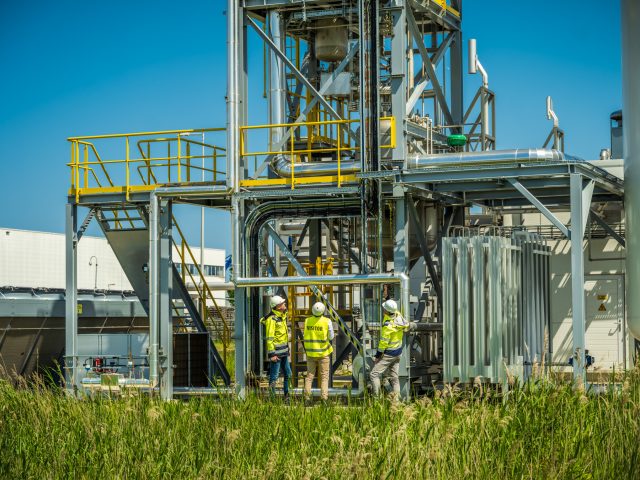Bio-LNG is a biofuel made by processing organic waste flows, such as organic household and industrial waste, manure, and sewage sludge.
What is bio-LNG and how is it made?
Dec 19 2023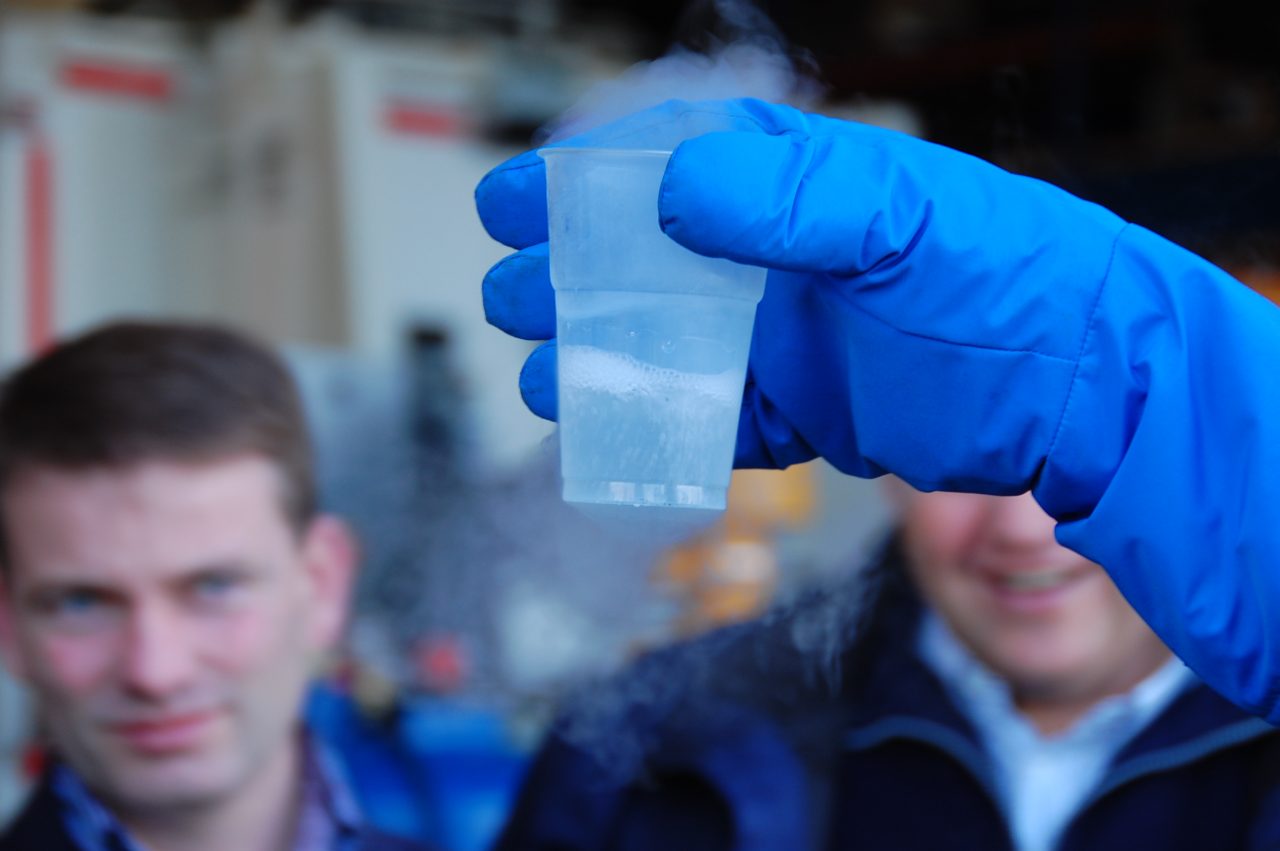
When anaerobic digestion of organic waste occurs, biogas is emitted in the process. The main components in this biogas are methane (CH4) and carbon dioxide (CO2). To make bio-LNG, the methane is separated from the carbon dioxide and other critical components, and then liquefied. This liquefaction process increases the energy density 600 times and makes the biofuel ideal for heavy-duty and maritime transport.
Bio-LNG is a practically carbon neutral biofuel. As a renewable replacement for LNG (Liquefied Natural Gas), bio-LNG offers similar advantages as LNG does versus diesel, including:
- Reduced carbon dioxide emission
- Lower engine sound
- Lower nitrogen oxide emission
- Significantly less pm (particulate matter) emission
Well-to-wheel, the GHG emissions balance of bio-LNG can be even negative. This is a result of the separation of biogas into methane and carbon dioxide. Nordsol captures the carbon dioxide for reuse, so it is not released into the atmosphere.
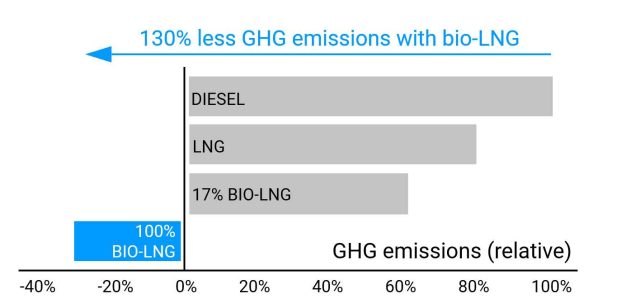
Bio-LNG is sometimes called liquefied biomethane (LBM) or liquefied biogas (LBG). These are three different names for the same product. So where do these names come from?
LNG stands for liquefied natural gas. Natural gas is composed of about 95% methane, whereas LBM and bio-LNG are composed of about 99,8% methane. Therefore, technically the name liquefied biomethane is a good description of the product. However, as this liquefied biomethane is a biofuel for LNG engines and used to replace fossil LNG, the name bio-LNG is the most commonly used name.
Bio-LNG is composed of methane. When methane is burned, carbon in the form of CO2 is emitted and released into the atmosphere. So what’s the difference with a fossil fuel?
Burning fossil fuels releases carbon that has been locked up in the ground for millions of years, while burning bio-LNG emits carbon that is part of the biogenic carbon cycle. In other words, fossil fuel use increases the total amount of carbon in the atmosphere, while combustion of bio-LNG simply returns the carbon that was absorbed from the atmosphere as the plants grew. So, when assessing the carbon intensity of a fuel over its complete life cycle, the source of the fuel is a critical factor .
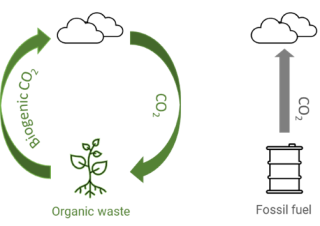
But there is a third factor: the energy it takes to produce the fuel. Depending on the source of this energy (fossil or renewable) the production of fuel adds to the carbon intensity of the fuel. In the production of bio-LNG, the CO2 emissions that result from energy consumption in the production process can be compensated by capturing and reusing CO2 from the biogas during the same process. As mentioned before, biogas is composed of methane and CO2. To produce bio-LNG, methane is separated from the CO2. By capturing and liquefying the CO2, and reusing this biogenic CO2 in the industry to replace CO2 from fossil sources, bio-LNG becomes carbon neutral. In fact, over its complete lifecycle (well-to-wheel ) bio-LNG can even result in negative carbon emissions.
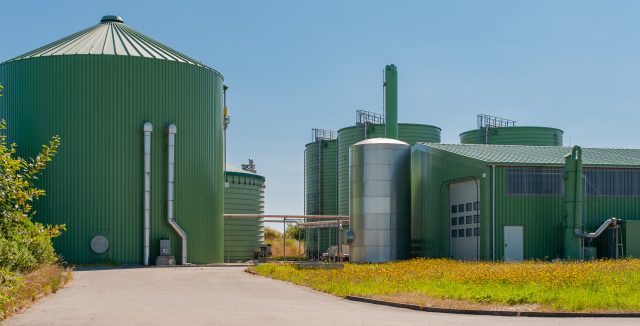
Bio-LNG is essential for the long-haul transport sector to become more sustainable. With the Nordsol technology, small-scale bio-LNG production directly next to the biogas installation is economically attractive. Bio-LNG production from biogas enables the next step in a journey towards profitable innovation and sustainability.
- A better valuation of the biogas without government subsidies
- Independence from gas grid limitations
- An opportunity to create a local, circular supply chain
- Additional green value through carbon capture and reuse (CCR)
Your own, onsite bio‑LNG plant. High tech, turnkey.
We will guide you. Every step of the way. You can rely on our technical, operational, and strategic expertise and support. Together, we make decentralized, small-scale bio‑LNG production a reality. Onsite, right next to your biogas installation(s). Using advanced technology, it operates fully automated, without requiring staff.
Let’s build you a plant (or two). Our approach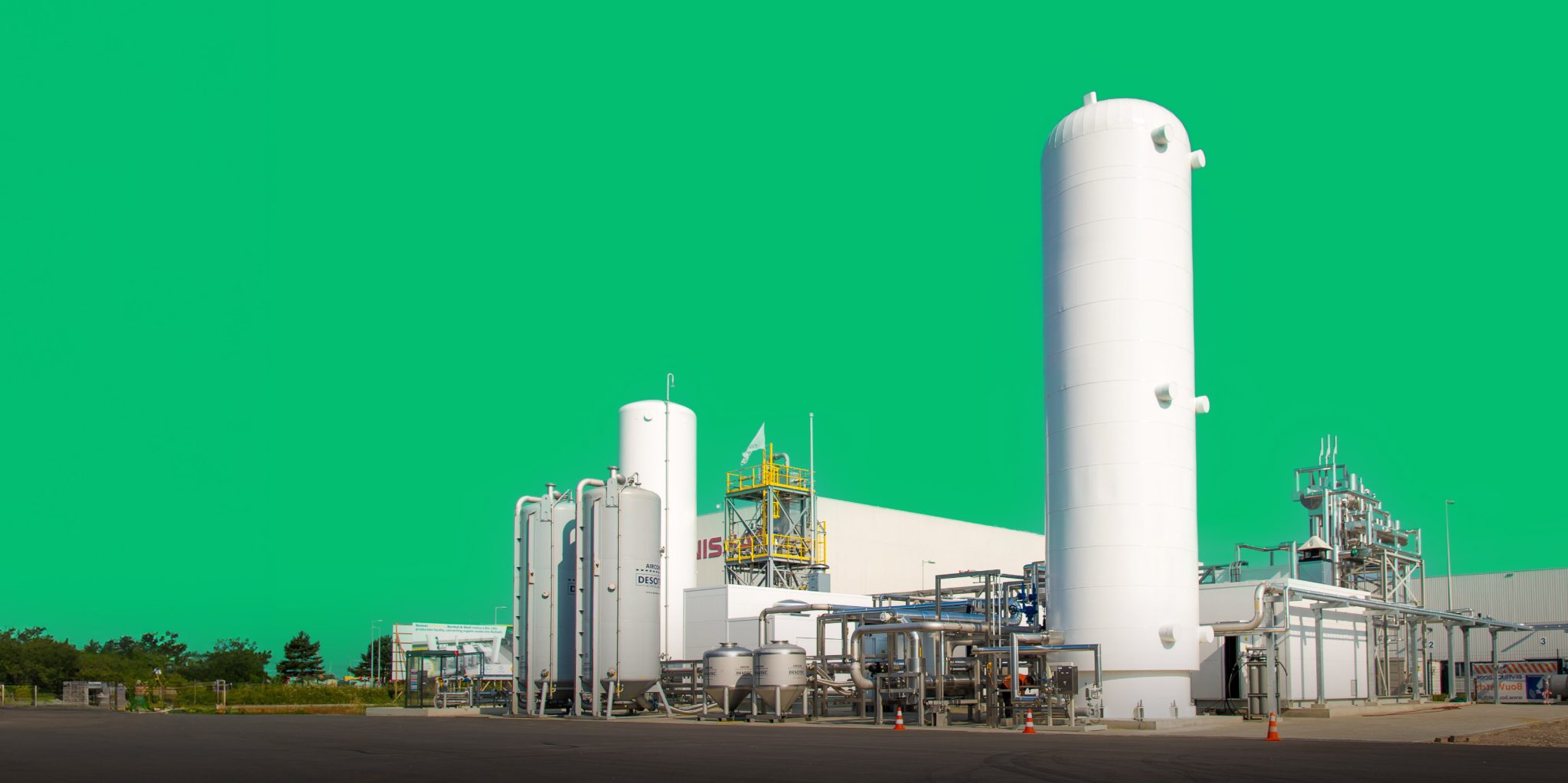

Bio‑LNG is now! It’s the solution for maritime and long‑haul road transport. Nordsol leads the way with cutting‑edge technology to convert your biogas into bio‑LNG. It boasts the lowest CO2 emissions in the industry, making it a frontrunner in reducing environmental impact.
- Small-scale onsite bio-LNG production
- Lowest total cost of ownership
- Easy to operate, unmanned plants
- Independence from gas grid connections

business opportunity.
Want to know if producing bio-LNG out of your biogas is profitable?
Let's explore together. Contact Niels now.
